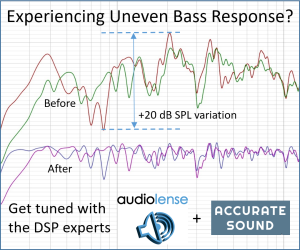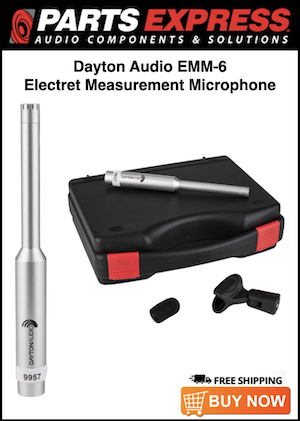There are two separate issues when talking measurement microphones. Was the mic properly calibrated? And if using a USB mic, potential timing issues.
I made a comparison a while back between analog and USB mic. And in the case of the USB mic, one with and without Audiolense's "clock drift correction" using my triamp system and Lynx Hilo.
Analog mic:
View attachment 47849
USB mic with clock drift correction:
View attachment 47850
USB mic without clock drift correction:
View attachment 47851
Bernt's clock drift correction works very well.
There are (very) small differences in the timing between the analog mic and USB with clock drift correction. There are also frequency response differences at the extremes between all three measurements.
The analog mic shows a perfect channel match in the low frequencies and natural rolloff in the top octave. Whereas the USB mic shows a bit of low frequency mismatch between channels and a bit of a rising top end. Now whether any of that is audible...
Of course, the USB mic measurement without clock drift correction is unusable timing wise.
While the USB mic is "convenient" I sold mine and stuck with the isecmcon analog mic.
Thanks mitch
I definitely has clock drift correct enabled with UMIK-2
The measurements on the screen looked fine (step response)
It was music playback that sounded very off. Vocals that should be dead centre were heard left and right , from the speakers
I use Harry Belafonte "Dayo" live at Carnegie Hall as my centre vocal test.
With 2 different UMIK-2's it sounded so wrong in 2 different systems. After multiple days trouble shooting and repeating test in slightly different measurement positions.
M23 on first try nailed it. All done in 15 minutes















